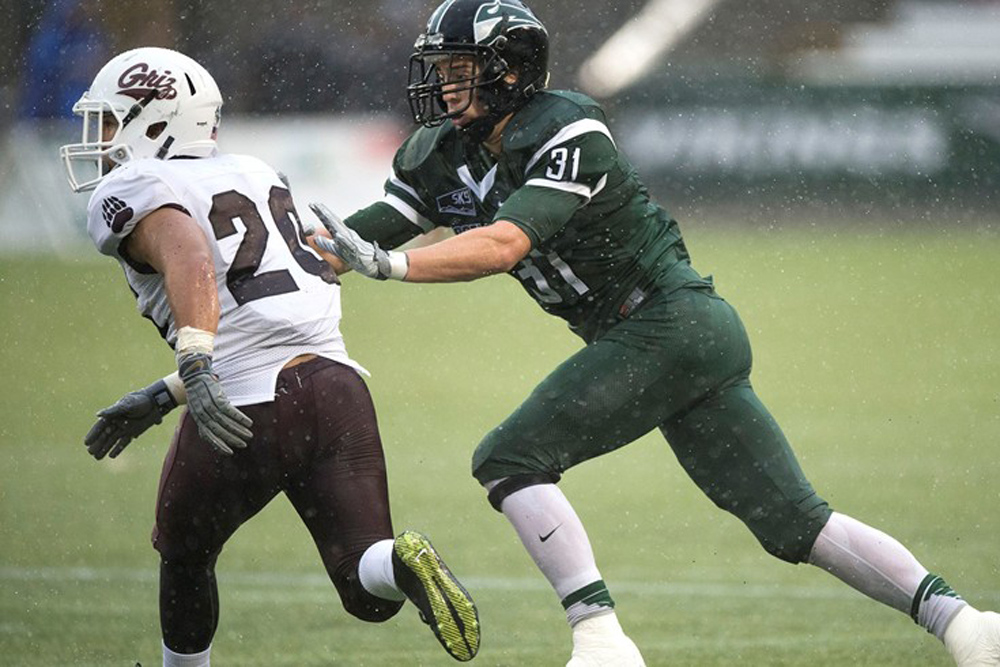Loans more popular on college campuses
More students are seeking financial aid to pay for college, and fewer have defaulted on their college loans.
The national default range is about 5 percent – down from 20 percent 10 years ago.
In 2000, loans made up 54 percent of financial aid to U.S. college students – up from 45 percent in 1990.
Bob Clement, Southwestern Illinois College director of financial aid and student employment, shared this information with staff, students and parents in seminars held on campus last week. Despite the promising signs, he said the amount of money students borrow may affect their finances later in life.
“The thing that students don’t realize is loan repayments are going to affect their lifestyle,” Clement said. “You might not be able to buy the car you want or a house right away.”
He also said one of six borrowers changes career goals – not because of an interest in the new career, but because of a need for extra money to pay the loans.
Clement said the average amount borrowed for an undergraduate education, depending on the school, is between $14,000 and $16,000. Students need more than $27,000 to afford both a bachelor’s and master’s degree.
In the 2001-02 school year, U.S. college students borrowed $90 billion.
About 70 percent of college seniors received loans in 2000, but only 46 percent borrowed a decade ago, Clement said.
He also said credit cards also are a problem because students tend not to be savvy when it comes to finances.
“We just see more and more students getting into problems because they don’t know how to use credit cards,” he said. “There’s nothing wrong with credit cards, it’s the misuse of the credit cards.”
At Southern Illinois University Edwardsville, students borrowed about $28 million in the 2001-02 school year. Acting Financial Aid Director Sharon Berry said she hasn’t seen credit cards as a major problem but said federal and state grants are not keeping up with increasing college costs.
“I am concerned about it because any debt a student incurs in college is going to be detrimental when they also have student loans to pay,” Berry said.
McKendree College senior financial aid adviser Cindy Keifer also said she has noticed students are borrowing more. She said when students seek financial aid, they need to know how much they can afford according to the pay range in their selected profession.
“If you’re in a low-paying degree program, you can’t take on (a lot of) debt,” Keifer said.
Clement said more employers are reviewing applicants’ credit reports. He said a poor credit history can keep someone from getting hired. He said a good credit rating is as important as good college transcript.
Berry said current default rates reflects those who were in school two to eight years ago when there wasn’t as much effort and education to control it. She said consolidated loans and low interest rates have helped students in repaying their loans.
She said current payment plans are more flexible and offer more repayment options. Plus, there is more education and awareness through counseling provided at the schools.



